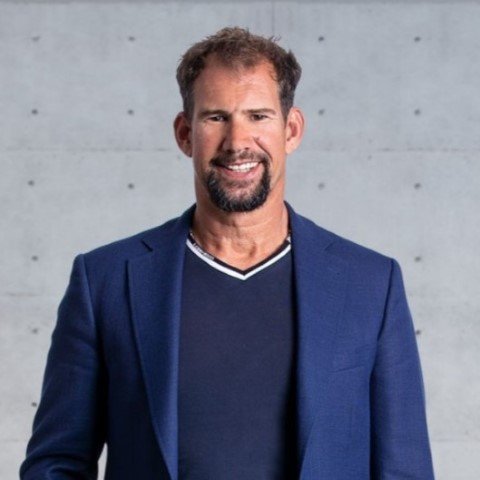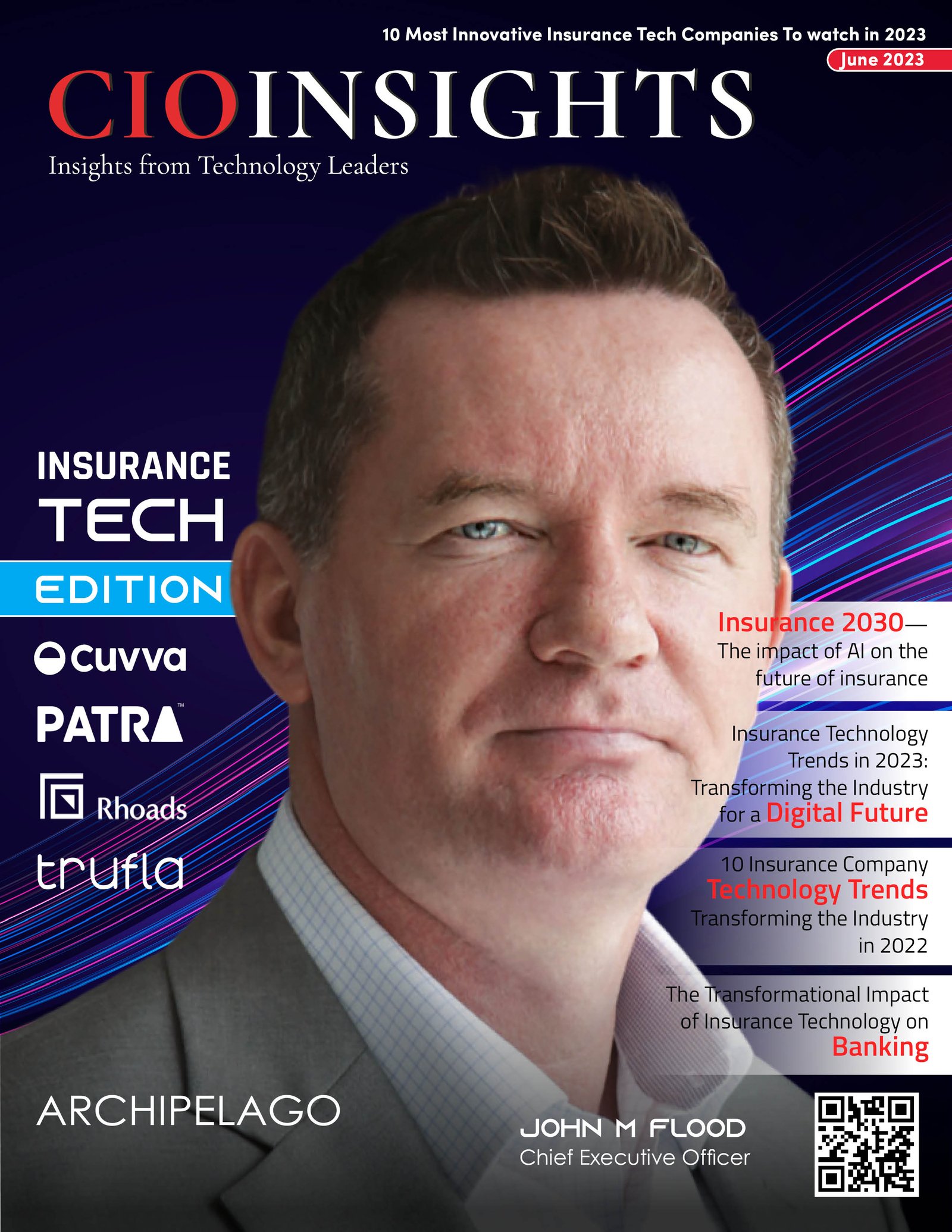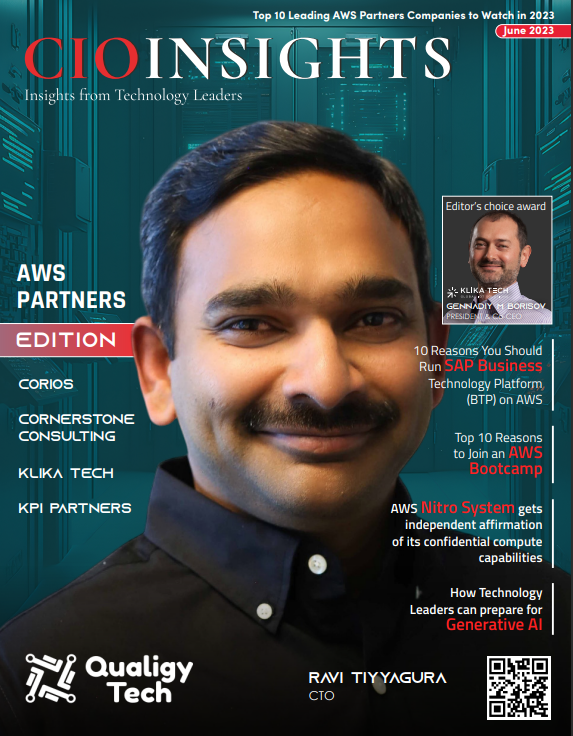Smart cities for a sustainable future

Imagine a future where you step outside your front door to wait for your Uber. You look up to see it arriving from above you – an autonomous air taxi. As you buckle up, the drone takes you on your short commute over the top of low-rise buildings covered with small, lightweight wind turbines and solar panels to create a 100% renewable energy source for your self-contained, high density community. Interspersed are sky gardens, green spaces that promote natural airflow in buildings while providing shade and social areas.
You arrive on the roof of your office building in less than ten minutes. You weave your way past rainwater collectors and hydroponic farming strips, down the stairs to your office.
When you reach the entrance door, the building’s virtual concierge detects your arrival and welcomes you, outlining your schedule for the day and asking if you want your return Air Taxi booked for after your last meeting. Thanks to 5G networks all buildings, vehicles, devices and infrastructure are fully integrated into the Internet and connected to each other.
The concierge reminds you which floor you are located on today as the modular building design has shifted this week to accommodate international guests, who will live and work in the building.
This vision is not too far from reality.
The future cities conversation is maturing at pace. At CES2020 Uber Elevate and Hyundai Motor Company unveiled their collaboration to develop Uber Air, air-taxis that will become a future aerial ride-share network.
Initially piloted, Uber and Hyundai aim to eventually make the helicopter-like vehicles autonomous.
Before we get to taxis in the air however, our commute will likely be assisted by self-driving cars, or “hands off” technology that has the potential to reduce driver stress, energy consumption and pollution while increasing road safety and capacity.
BMW and Daimler, are already collaborating on future transport mobility projects that span autonomous cars, ride-hailing, electric scooters, car-sharing, and electric car charging.
Our future cities will be focused on more than just technology and infrastructure.
They will be designed to create sustainable environments that increase the economic and social well-being of their communities.
Public and private sector are collaborating to find ways to address different aspects of how the built, cyber and natural environments interact, while embracing opportunities provided by the Internet of Things.
Masdar City in Abu Dhabi is a 640-hectar “greenprint” for how cities can accommodate rapid urbanisation while dramatically reducing their energy and water needs and waste production.
Constructed by the Abu Dhabi government, it is home to one of the Middle East’s largest cluster of high-performance buildings and tenanted by industry leaders including Etihad Airways, General Electric and Lockheed Martin.
Environmental resilience will also be a critical consideration for future city planning.
In Japan, the 2011 earthquake and the tsunami destroyed many communities and significantly impacted the economy. Following the natural disaster there was a window of opportunity to redevelop parts of the devastated regions as Smart Cities.
Through human-centric, resilient design a number of public spaces were reimagined for the future. Tokyo Rinkai Disaster Prevention Park is one example of flexible, resilient design. It can be converted from a park into a survival bunker for community members should a natural disaster strike.
Australia and New Zealand are already home to five of the world’s smartest cities
Adelaide and Prospect in South Australia, Sunshine Coast in Queensland, Wellington and Whanganui in New Zealand were last year named ‘Smart21’, administered by the Intelligent Community Forum (ICF), a global think tank.
Amongst other initiatives, Adelaide has an Entrepreneur in Residence program in partnership with the Innovation and Collaboration Centre at UniSA. The program is aimed at guiding aspiring entrepreneurs, company founders and business leaders to grow investment-ready start-ups.
Ten Gigabit Adelaide, a collaboration between the city’s Intelligent Communities program and service provider TPG, will see a ubiquitous fibre-optic network offering 10 Gbps symmetrical capacity to more than 1,000 businesses by mid-2020. Adelaide City government estimates that Ten Gigabit Adelaide will deliver between A$16m and A$76m in economic benefit, lead to the creation of 2,500 new jobs in six years, and have a major positive impact on business attraction, retention and consumer spending.
What does this all mean for human connection and community?
At its heart, the discussion around future, smart cities centres is about the opportunity digital transformation offers to imagine new ways of connecting, commuting, working and engaging.
Instead of advancing technology for the sake of it, our future smart cities will be planned to take into account the interaction of people, the natural environment and technology to reconceive the way we live, work, play, interact sustainably.






